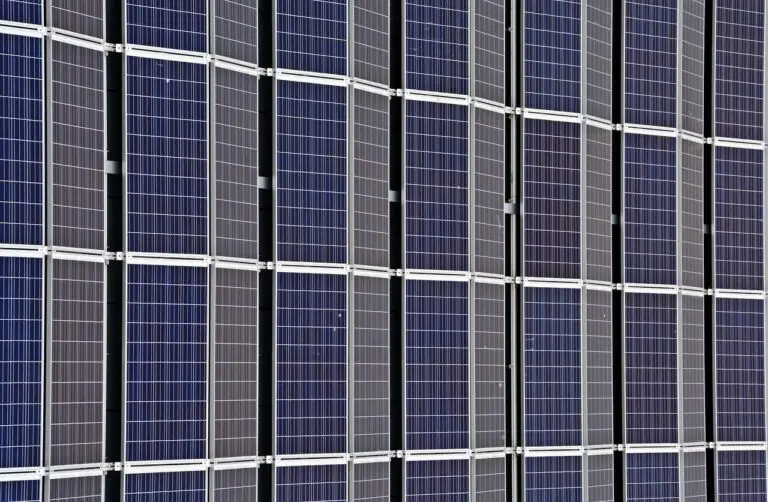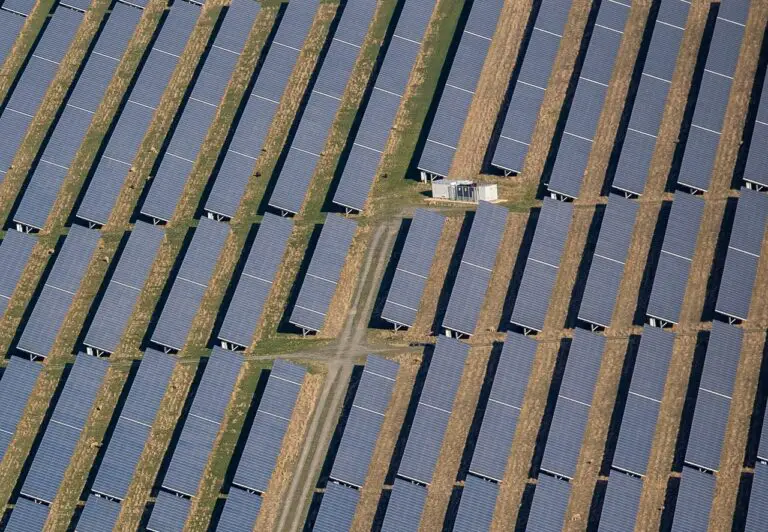Overview of Federal Tax Credits for Solar Panel Installations
Solar panels are becoming increasingly popular as a sustainable choice for homeowners seeking to reduce their environmental impact and energy costs. One significant incentive to consider is the federal tax credit for solar panel installations. This article provides an overview of the federal tax credits available, exploring their benefits, eligibility requirements, and how they can be used in conjunction with other financing options like loans for solar panels and green home improvement loans.
Understanding the Federal Solar Tax Credit
The Federal Solar Tax Credit, also known as the Investment Tax Credit (ITC), offers a valuable opportunity for homeowners to offset the cost of solar panel installations. This credit allows you to deduct a percentage of the total cost of installing solar panels from your federal taxes.
1. Overview of the Investment Tax Credit (ITC)
The ITC provides a substantial financial benefit to those who install solar panels. As of 2024, the credit covers 30% of the total installation costs. This percentage applies to both residential and commercial solar systems, making it a flexible option for a wide range of installations.
2. How the ITC Benefits Homeowners
For homeowners, the ITC can lead to significant savings on solar panel installations. By reducing the overall expense through a tax credit, many homeowners find that the cost of switching to solar energy becomes more manageable. This can also enhance the return on investment for solar panel systems.
3. Changes to the ITC Over Time
The ITC has evolved since its inception. Initially, it offered a 30% credit, which has been subject to changes and extensions. For current updates on the credit percentage and expiration dates, it’s essential to consult Energy.gov and other official resources.
Eligibility for the Federal Solar Tax Credit
To take advantage of the ITC, certain eligibility criteria must be met. Understanding these requirements is crucial for ensuring you can benefit from this tax credit.
1. Ownership of Solar Panels
One key requirement is that the solar panels must be owned by the taxpayer. Leased systems or those financed through power purchase agreements (PPAs) do not qualify for the ITC. Thus, if you are considering loans for solar panels, ownership is essential to claim the credit.
2. Installation of Solar Panels on Primary or Secondary Residences
The solar panels must be installed on a primary or secondary residence in the United States. The ITC applies to solar installations on homes where the taxpayer resides, ensuring that the benefits are geared towards residential energy improvements.
3. Meeting the System Requirements
The solar panel system must meet specific requirements to qualify for the ITC. This includes adhering to standards set by the Internal Revenue Service (IRS) and ensuring that the installation is completed by a qualified professional. Detailed information on system requirements can be found on the IRS website.
Applying for the Federal Solar Tax Credit
Applying for the ITC involves specific steps that ensure you receive the credit accurately. Here’s how to navigate the application process:
1. Claiming the Credit on Your Tax Return
To claim the ITC, you must complete IRS Form 5695. This form allows you to calculate the amount of the credit you are eligible for and apply it to your federal tax return. Detailed instructions for filling out Form 5695 can be found on the IRS website.
2. Documenting Installation Costs
Accurate documentation is crucial. Keep detailed records of all costs associated with the installation, including invoices, contracts, and receipts. This documentation will support your claim and ensure you receive the correct credit amount.
3. Working with a Tax Professional
Given the complexity of tax laws, consulting a tax professional can be beneficial. They can guide you through the application process, ensure that you meet all requirements, and help you maximize the benefits of the ITC.
Combining the ITC with Loans for Solar Panels
When financing your solar panel installation, combining the ITC with loans for solar panels can provide additional benefits. Here’s how:
1. Utilizing Green Home Improvement Loans
Green home improvement loans are specifically designed to finance energy-efficient upgrades, including solar panels. These loans often offer favorable terms and can be used in conjunction with the ITC. By combining these financial options, you can reduce your upfront costs and enhance your overall savings.
2. Leveraging the ITC to Offset Loan Costs
The ITC can be used to offset the costs of the loan itself. For instance, if you take out a loan to finance the installation, the tax credit can help repay part of that loan. This makes solar energy more accessible and financially feasible for homeowners.
3. Exploring Additional Financing Options
Beyond loans for solar panels and green home improvement loans, other financing options may be available. Look into local incentives, rebates, and utility programs that can further reduce the cost of solar panel installations. A comprehensive approach to financing will maximize your savings and benefits.
Federal Tax Credit vs. Other Incentives
While the ITC is a significant incentive, it’s essential to consider other federal and state programs that may complement it.
1. Federal and State Incentives
In addition to the ITC, various federal and state programs offer additional incentives for solar panel installations. For example, some states provide additional tax credits or rebates, which can be combined with the federal credit to increase savings. Check resources like DSIRE for information on state-specific incentives.
2. Utility Company Incentives
Many utility companies offer incentives for solar panel installations. These can include rebates or performance-based incentives that provide ongoing financial benefits. Research your utility company’s programs to see if they offer additional support.
3. Comparing Incentives
When evaluating different incentives, compare the overall benefits to determine the best financial strategy. This might involve combining federal credits with state programs and utility incentives to maximize savings.
Future of Federal Tax Credits for Solar Panels
As with many financial incentives, the future of the ITC is subject to change. Understanding these potential changes is important for planning your solar panel investment.
1. Potential Changes in Credit Amounts
The ITC has undergone changes in the past and may continue to do so. Staying informed about potential reductions or extensions is crucial for making the most of the current credit. Keep up-to-date with information from Energy.gov.
2. Policy and Legislative Updates
Federal policies and legislation can impact the ITC. Monitor news and updates from reliable sources to stay informed about any upcoming changes that could affect your eligibility or the amount of the credit.
3. Planning for Future Installations
If you are considering installing solar panels in the near future, plan your project with potential changes in mind. This proactive approach will help you take advantage of the ITC before any reductions or expirations occur.
Conclusion
The federal tax credit for solar panel installations provides a substantial financial benefit for homeowners looking to invest in renewable energy. By understanding the ITC, its eligibility requirements, and how to apply for it, you can make informed decisions about your solar panel investment. Combining the ITC with loans for solar panels and exploring other incentives can further enhance your savings. Stay informed about policy changes to maximize the benefits of this valuable credit and make the most of your investment in green energy.







